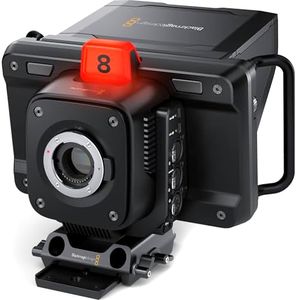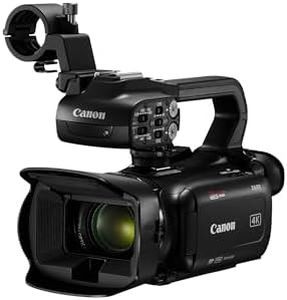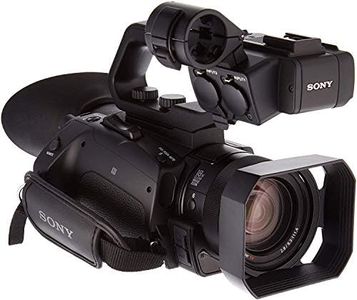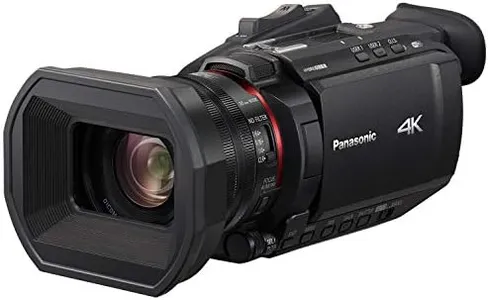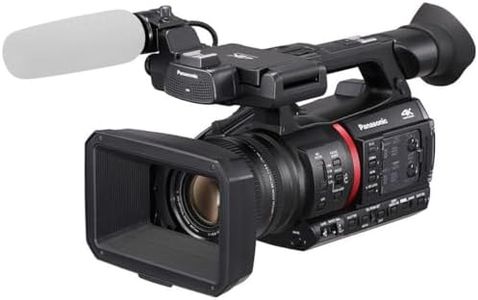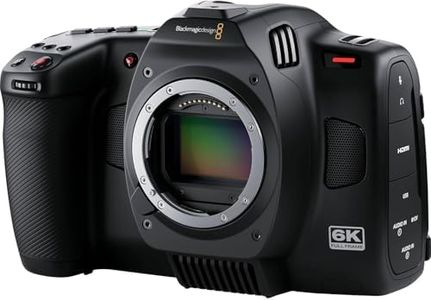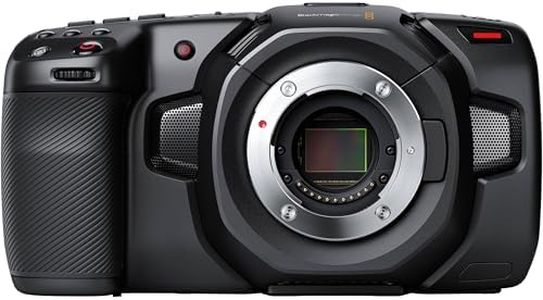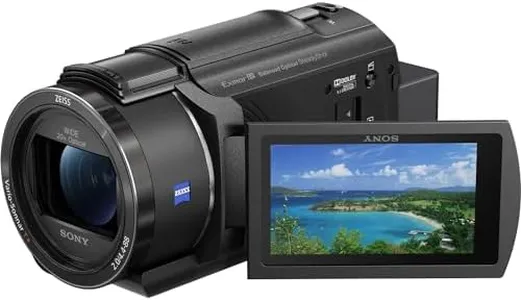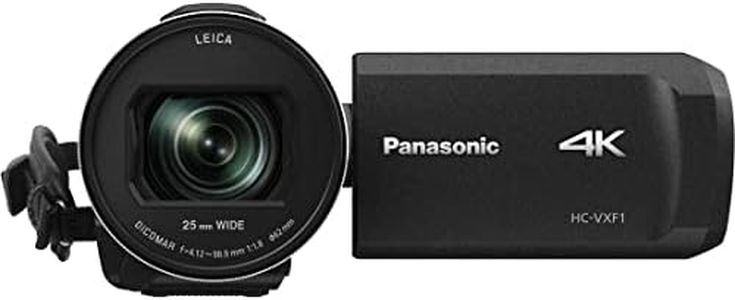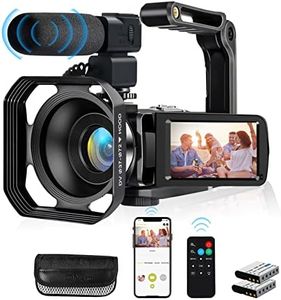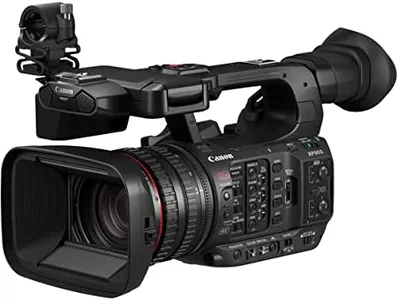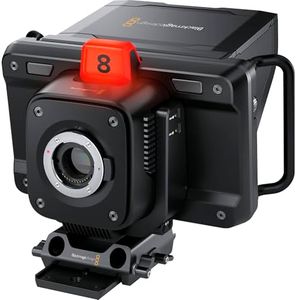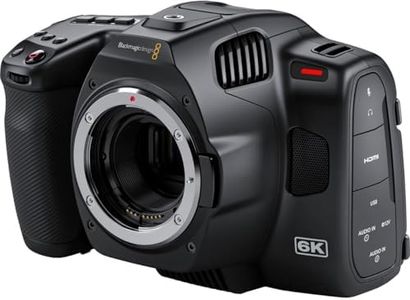We Use CookiesWe use cookies to enhance the security, performance,
functionality and for analytical and promotional activities. By continuing to browse this site you
are agreeing to our privacy policy
10 Best 4K Camcorders
From leading brands and best sellers available on the web.Buying Guide for the Best 4K Camcorders
Choosing a 4K camcorder starts by thinking about what you want to record—action videos, family events, travel vlogs, or professional content. 4K means the video will be sharp and detailed, but different models offer different features that can make a big difference in your recordings. To find the right camcorder for you, first consider how portable you need it to be, how easy it should be to use, and what kind of creative controls or extra features matter most to you. Let’s break down the essential specs and see how you can match them to your needs.Sensor SizeThe sensor is the part of the camcorder that captures light and creates the image. A bigger sensor generally means better image quality, especially in low light, and it can also give you more background blur. You’ll see small sensors in compact camcorders, which are great for travel and simple use, while larger sensors appear in higher-end or professional models that offer stronger performance in various conditions. If you plan to record mostly outdoors or in good lighting, a smaller sensor is fine; if you want crisp videos indoors or at night, or if you care about cinematic effects, look for camcorders with larger sensors.
Optical ZoomOptical zoom measures how far you can zoom in on your subject using the camcorder’s lens without losing clarity. More optical zoom means you can get close-ups from farther away with good quality. Entry-level camcorders might offer 10x to 20x zoom, which is adequate for everyday moments and casual events, while some models boast 30x or more for sports, wildlife, or stage recordings. Think about what you want to film—if you’re sitting far from the action, go for a higher optical zoom; if you film subjects that are close by, a moderate zoom will do.
Video BitrateBitrate is how much data the camcorder writes per second of video—it affects the clarity, especially in fast-moving scenes or high-detail shots. Higher bitrates mean better quality but also bigger file sizes. Most consumer camcorders offer a balance so you don’t run out of space too quickly. If you’re planning to edit your footage heavily or want the best possible results, choose a camcorder with a high maximum bitrate. If you just want quick uploads and simple sharing, a standard bitrate works well.
Image StabilizationImage stabilization helps reduce the shakiness that can happen when you’re holding the camcorder by hand, especially when walking or zoomed in. Some camcorders have basic digital stabilization, which is fine for casual shooting, while others include advanced optical stabilization that keeps videos much steadier. If you’ll be recording on the move or don’t want to deal with tripods, stronger image stabilization is important; for mostly tripod use or simple home videos, basic stabilization is enough.
Audio InputsAudio input options allow you to connect external microphones for better sound quality. Built-in mics are okay for general use, but for interviews, music, or noisy environments, having a mic input is very helpful. Some camcorders only have built-in mics, some offer a basic mic jack, and others have more professional audio connectors. If clear audio is a priority for you or if you plan to add voiceovers or external mics, look for camcorders with mic or even headphone jacks.
Screen and ViewfinderThe screen or viewfinder is how you see what the camcorder is recording. Larger, high-resolution touch screens make framing and focusing easier, while a built-in viewfinder can help you see better outside in bright sunlight. Consider whether you’re comfortable using just a screen, or if a viewfinder would help with outdoor shooting. Flip-out screens are handy for vlogging or selfies, so factor in your typical use.
Battery LifeBattery life determines how long you can record before recharging. Some camcorders last just over an hour per charge, while others keep going for several hours. If you usually video short clips, most models will be fine; for long events or travel, go for longer battery life or pick one that allows easy battery swaps.
Recording MediaCamcorders save video to SD cards, internal storage, or both. SD cards are easy to swap and expand, while internal storage can be faster and more convenient. If you want to record lots of footage without changing cards, pick a camcorder with larger internal memory or dual card slots. If you’re fine managing your SD cards, most camcorders will fit your needs.
